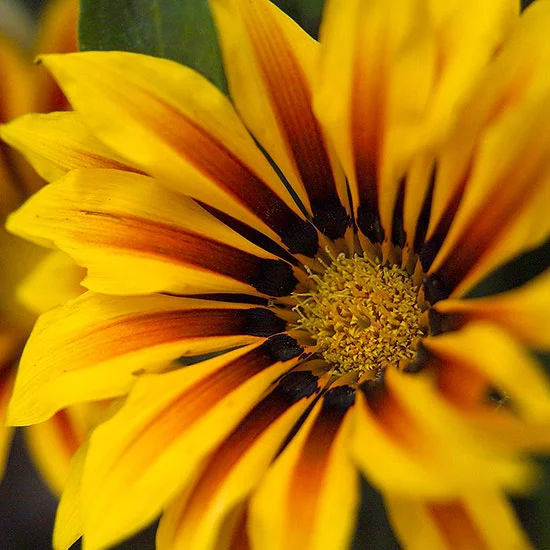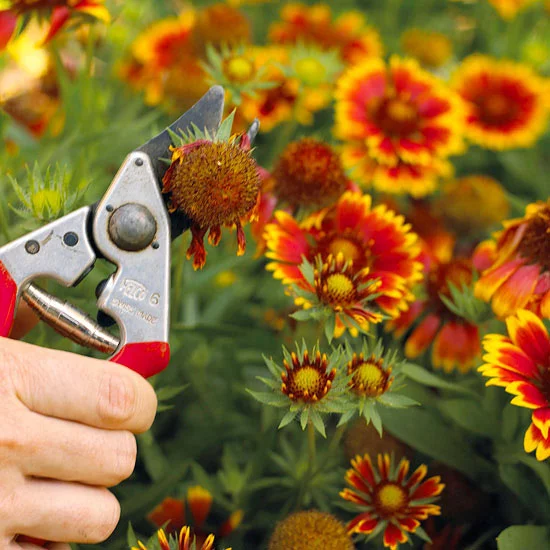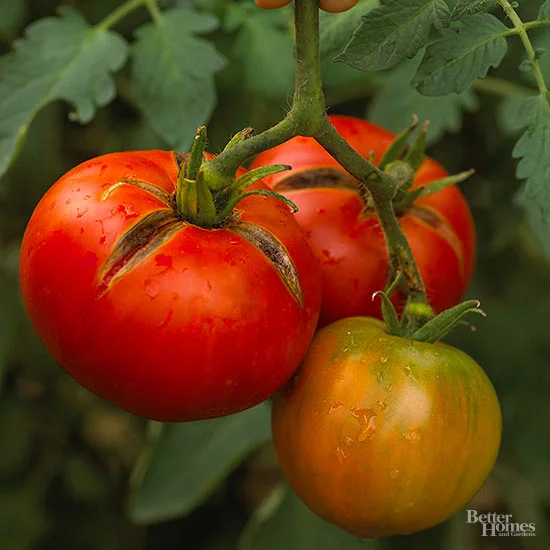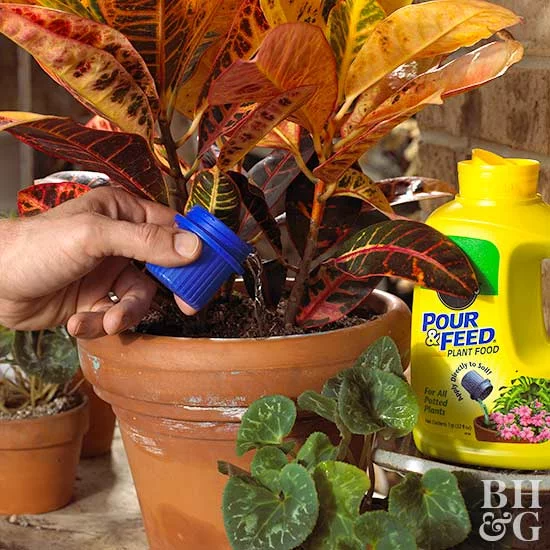July Gardening Tips for the Mountains
July in the Mountain West brings a riot of color to the garden as a short growing season coaxes everything to bloom at once.
Water Wisely
Midsummer heat means irrigation season is in full swing. Use these tips to make the most of your watering efforts:
Inspect all irrigation systems to ensure you're not wasting water through broken or poorly aimed sprinkler heads.
If your system is on an automatic timer, add a weather station component to fine-tune water application based on rainfall.
Trees and shrubs that aren't drought-tolerant typically grow best when watered deeply every 10 to 14 days. It's best to water deeply and infrequently than shallowly and often.
Avoid watering during the heat of the day, when more water will evaporate than soak into soil. Water before 10 A.M. and after 6 P.M.
Test Garden Tip: An effective way to water established trees and shrubs is to lay a soaker hose in the area beneath the dripline.
- Make a rain barrel to save water.
- Tips to conserving water in the garden.
- Rely on drought-tolerant perennials.
July Annuals in the Mountain West

It's still okay to plant annuals. Select varieties that thrive in summer heat. Good choices include marigold, gazania, vinca, zinnia, and portulaca. Use them to replace spent cool-season annuals, such as Iceland poppy, pansy, and clarkia or to fill in around faded spring perennials, including forget-me-not, Oriental poppy, and bleeding heart.
Follow these tips to help plants survive midsummer planting:
Plant in the evening so plants can settle in overnight.
You may need to shade plants for the first few days after planting.
Water plants twice daily until they stop wilting.
Test Garden Tip: Remove spent blossoms on annuals -- in planting beds and pots -- to encourage more flower buds to form
Deadheading

Snip faded flowers on perennials. Remove entire flower stalks if all blooms have faded, cutting back to foliage level. This encourages more flower buds to form.
Shear spent catmint, candytuft, and golden alyssum to promote fall flowering. Cut plants back to 6 inches.
Fertilizing
Feed roses around the middle of the month to coax the next flush of flowers.
Annuals in pots will stage a strong flower show when you give plants bloom booster fertilizer every 10 to 14 days.
Pruning
Stop pinching mums by July 4.
Reduce height on tall perennials by cutting plants back by one-third around July 4. Candidates for this treatment include goldenrod, aster, and joe-pye weed.
Staking
Continue to insert stakes to support tall stems.
Use nicely branched sticks for a natural-looking support that truly disappears among foliage.
Test Garden Tip: Finish pruning spring-flowering shrubs by mid-month. If you prune later than that, you could be removing next year's flower buds.
Tomatoes

The best tomatoes develop when there's consistent soil moisture. Periods of alternating wet and dry contribute to blossom end rot.
Tie tomatoes to supports weekly.
For best flavor, let tomatoes ripen as fully as possible on the vine.
Strawberries
If you have an established strawberry bed, it's time choose the plants that will bear next year's crop. Look for the strongest, largest plants and cultivate these. Remove other plants and their runners. Water and fertilize these plants the rest of this growing season to ensure a heavy crop next year.
Cane Fruits
After picking summer-bearing raspberries and blackberries -- including wild berry patches you may tend -- cut fruiting canes to the ground.
Add compost around the base of remaining canes to promote strong growth. These canes will bear next year's fruit. Tie to supports as needed.
Test Garden Tip: Plastic netting is a great investment to protect edible crops from wildlife. Toss it over plants as fruit ripens to keep hungry birds, rodents, and other critters at bay.
Houseplants and Tropicals

Keep an eye on houseplants spending the summer outdoors. Water regularly -- when soil is dry to the touch.
Plants that dry out too quickly may need repotting. Wait to tackle this until the weather cools. You'll reduce watering if you apply a layer of mulch or compost (that acts as mulch) to pots in full sun.
Tropical plants need warmth to thrive. As summer heats up, keep plants well-watered. Fertilize every 10 to 14 days to replace nutrients being leached out of soil with frequent watering.
Inspect weekly for pest outbreaks.
Test Garden Tip: If houseplants spending the summer outdoors develop yellow foliage, it could be too much sun, too much water, or not enough fertilizer.
~Better Homes & Garden
Selling Your Home?
Get your home's value - our custom reports include accurate and up to date information.




